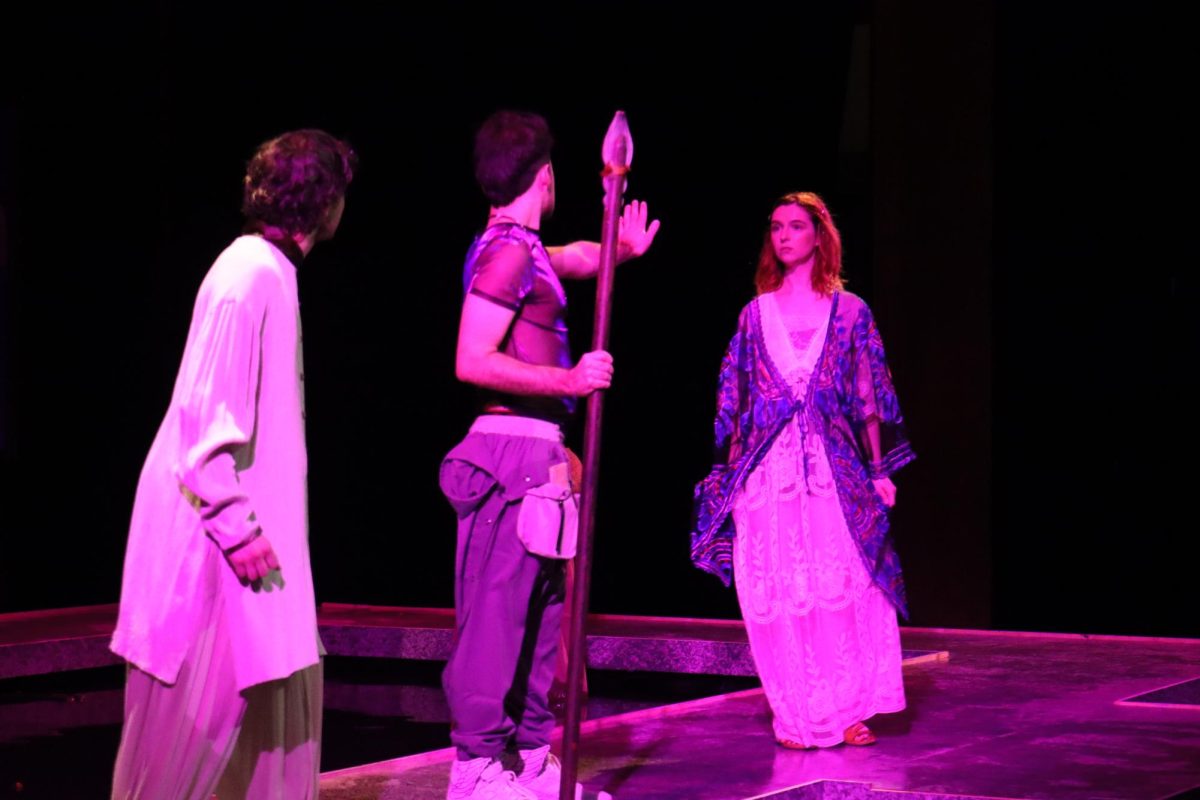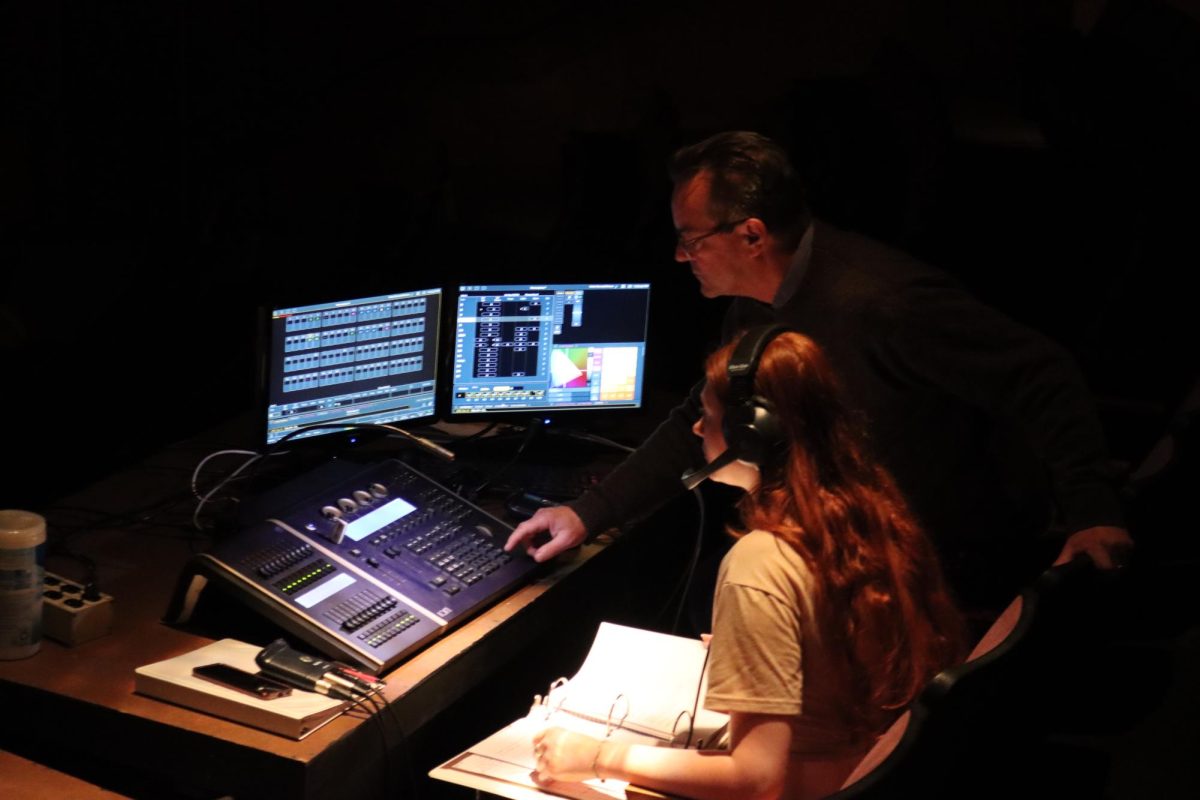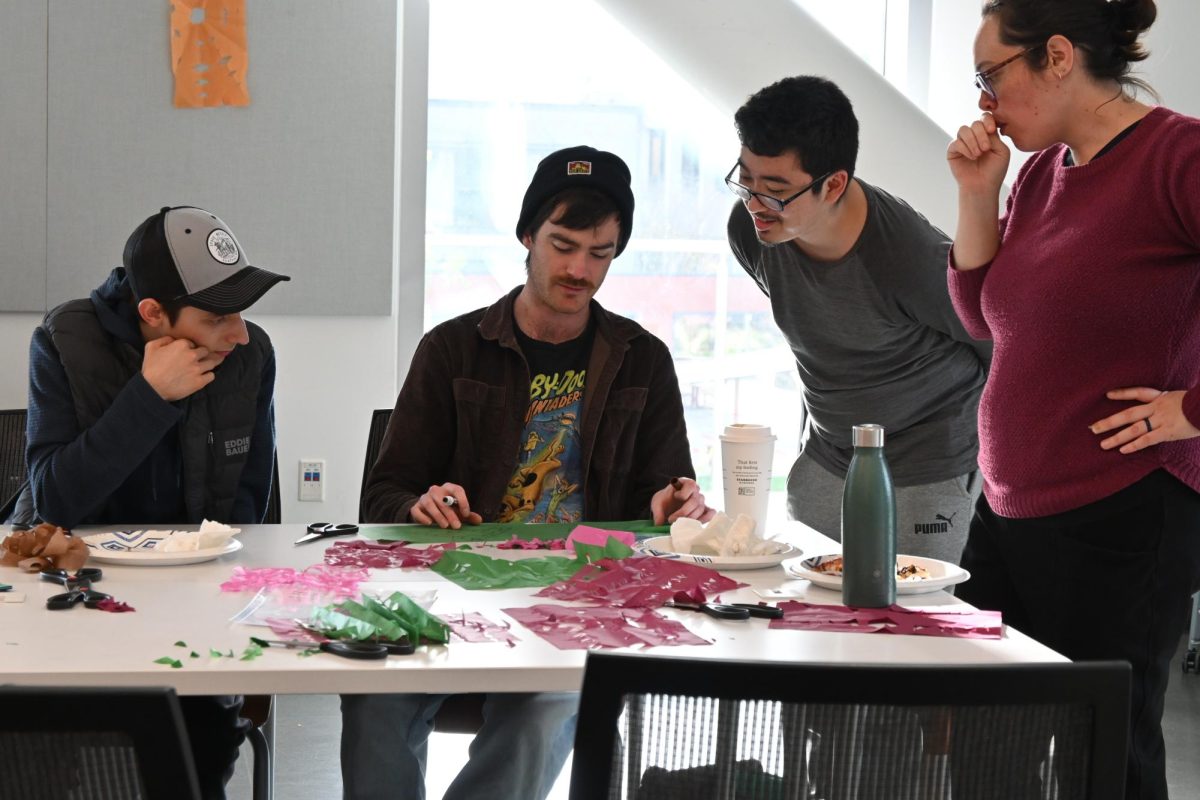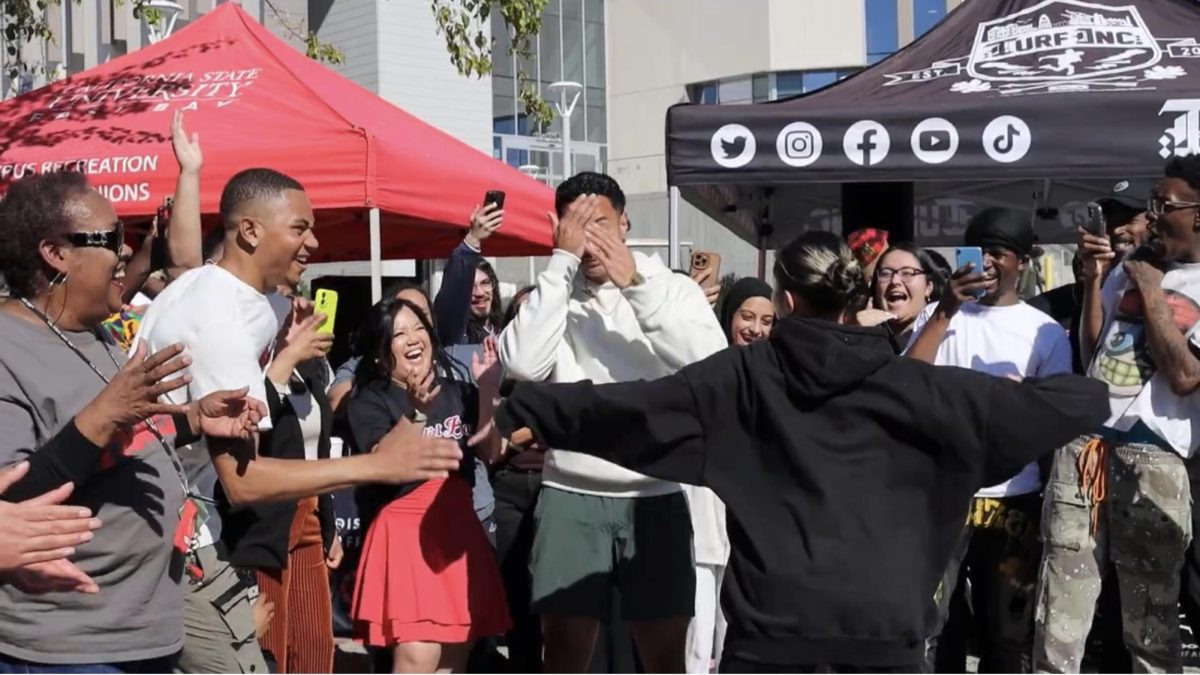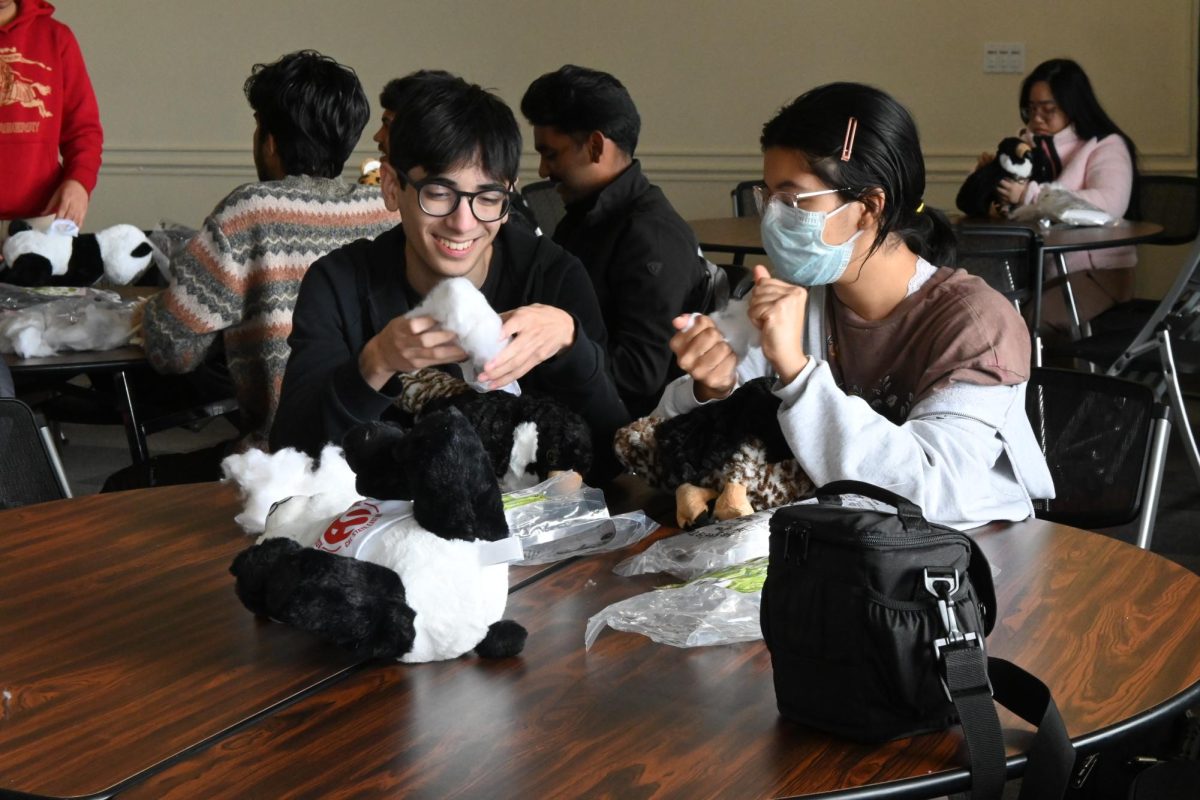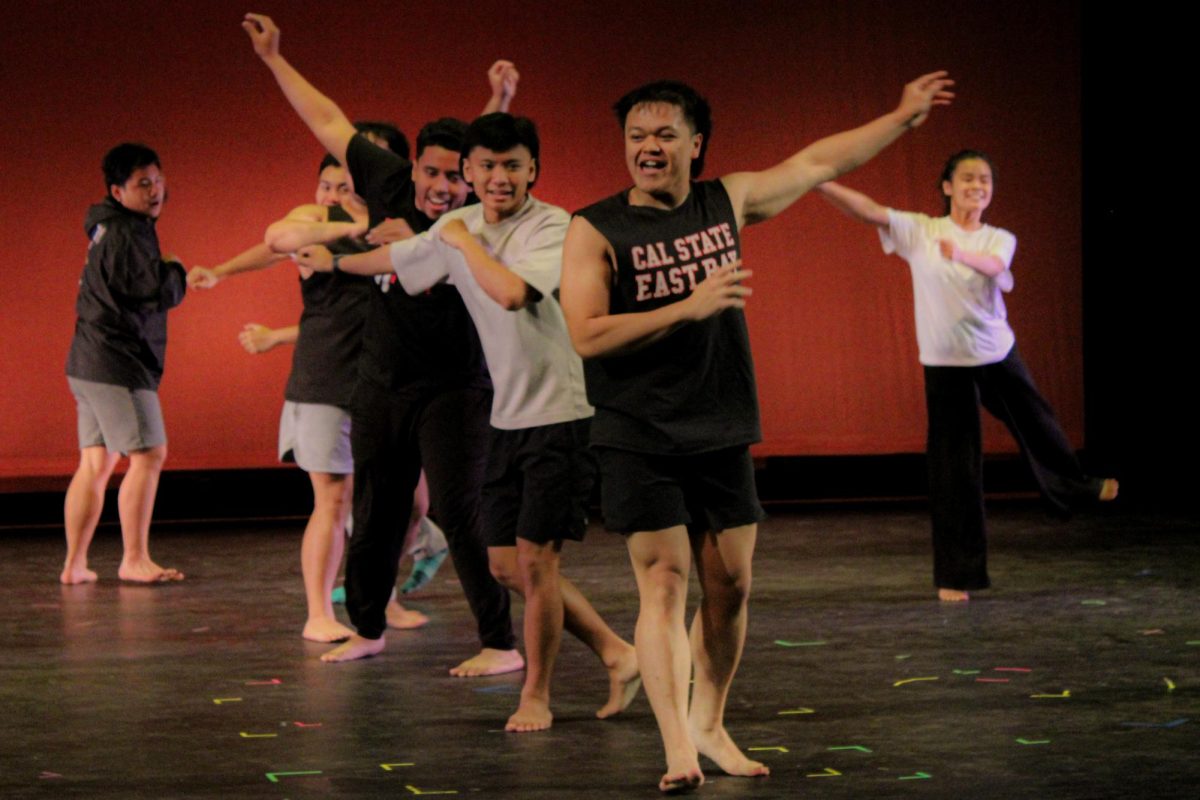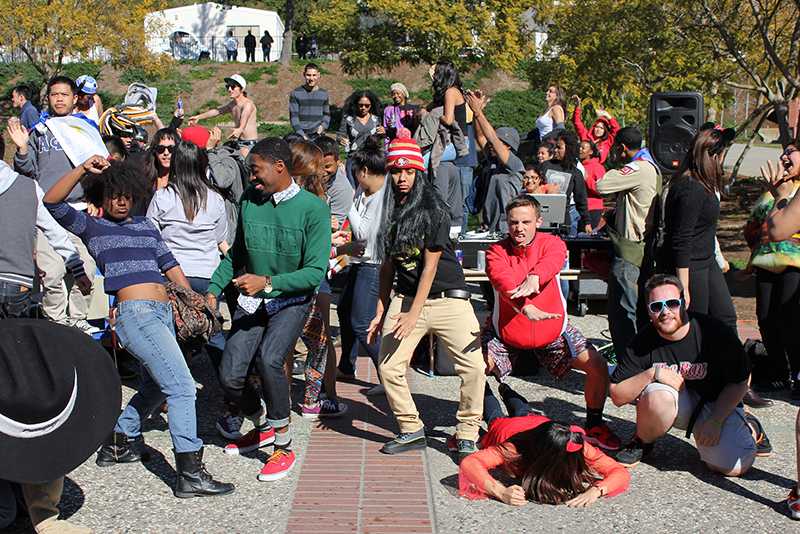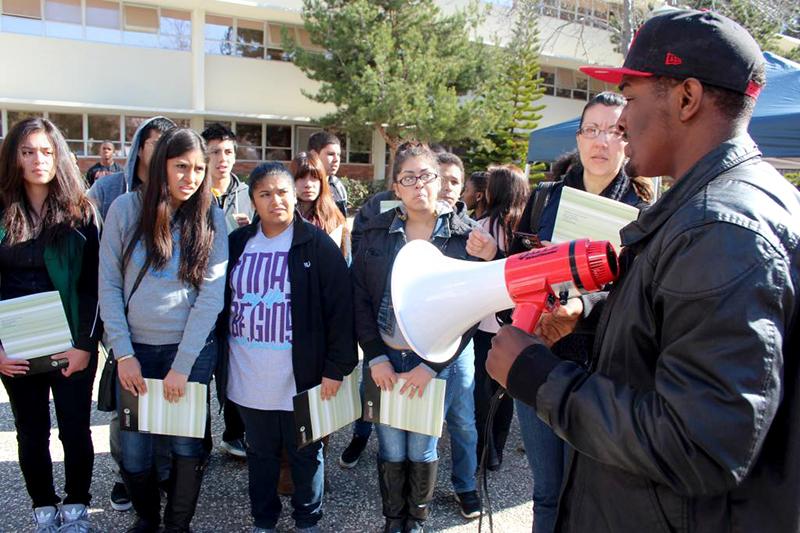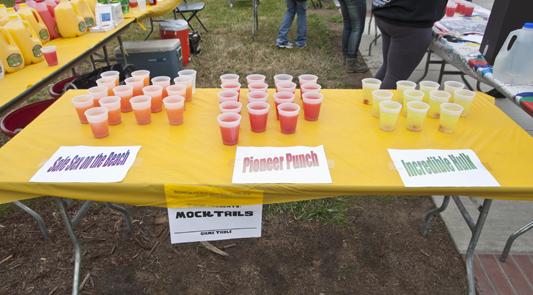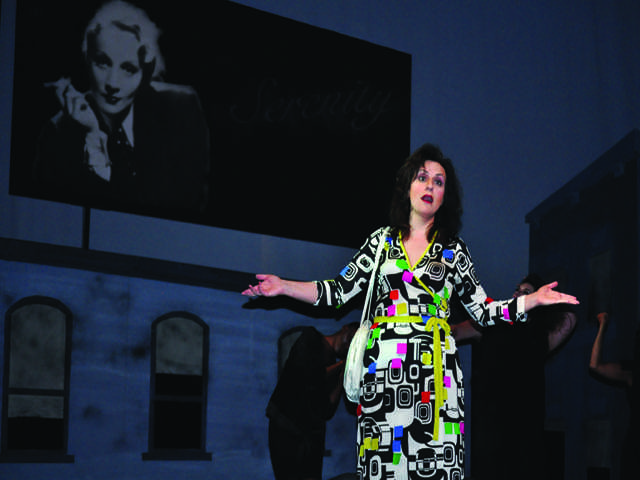Wolverine can sing!
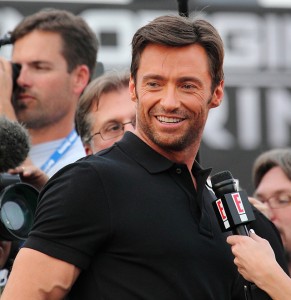
Performing at the Curran Theatre in San Francisco until May 15, Hugh Jackman gives audiences a nearly two-hour show, full of his favorite Broadway and pop songs, backed by a 17 piece band. Jackman seems very comfortable on the live stage, the place where he began his acting career.
The audience had some young adults present, both male and female. However, the crowd was mostly comprised of women over the age of 35, with many senior citizens present. It is no secret that middle-aged to elderly women love the Austrailian hearthrob, 42, including Jackman, who is not shy to dance and flirt with the audience, or even partially undress.
Jackman has two backup singers, Merle Dandrige and Angel Reda, talented Broadway stars on their own accounts. However, I mostly felt that these ladies were unnecessary. They sang well, looked great and had all the moves, but I felt that they didn’t add any additional entertainment. I found myself waiting for them to be done singing so that Jackman could come back on stage.
The show has a lot of intermittent talking in between songs, which the audience really seemed to enjoy. Jackman told the audience that whenever he hears someone comment on his fitness, he is flattered, because genetics are not on his side. To prove it, he showed the audience a picture of himself when he was 14 years old- a long, stick-thin kid with a goofy hair cut. The audience roared with laughter, and Jackman laughed along with them.
Jackman sang a medley of all of his favorite songs from Hollywood movies. The songs were in extreme variation to each other, from Elvis’ “Jail House Rock” to Patti Labelle’s “Lady Marmalade.” Jackman, like Elvis, had no problem shaking his hips along to every song. The band’s transitions to such different numbers were effortless, and certain songs showcased an individual musician’s talent.
The most touching part of the show was when Jackman talked about living on an Aborigine reservation when he was 18 years old. Jackman considers it to be one of the happiest times in his life, and now he makes a huge effort to bring awareness to liberate the Aborigine people.
“In 2008, the Prime Minister of Australia apologized to the Aborigine people, finally,” said Jackman. “We should make sure that his words come into action.”
Then, Jackman stood back as two Aborigine men came out on stage with their faces painted, playing the didjeridu, a long, wooden, narrow instrument that makes a certain drone pitch.
As they played, Jackman sang a similar version of Israel Kamakawiwo’ole’s “Somewhere Over the Rainbow.” The screen came down, and short movie of Aborigine people and the Australian Outback was shown.
At first, the footage was haunting, showing one particular Aborigine man who looked somber and tired. Some of Australia’s most beautiful forests and landscapes darted across the screen, places the audience realize were native to the Aborigine people. Finally, Aborigine people smiling and young children playing brought the film down to a close. One of the didjeridu players was moved to tears by the end. Jackman restated that although all the wrongs done to the Aborigines cannot be undone, Australians can make a commitment to do right by them from now on.
The show ended on a high note when Jackman sang his final number and brought the audience to their feet.
Although I had seen some Hugh Jackman movies and appearances before, I was mostly surprised on his caliber of talent. This man can really sing and dance, as well as act. He is very gracious, funny and charismatic with the audience. Even when things do not always go as planned (like someone throwing hand-cuffs on the stage,) he embraces it, finds a way to incorporate it in the show, and just has fun with it.
Jackman, at the beginning of the show, told audiences his show wasn’t exactly fine-tuned, and he was just, “giving it a go.”
He wasn’t lying about that, but that seemed to make it all the more charming.


